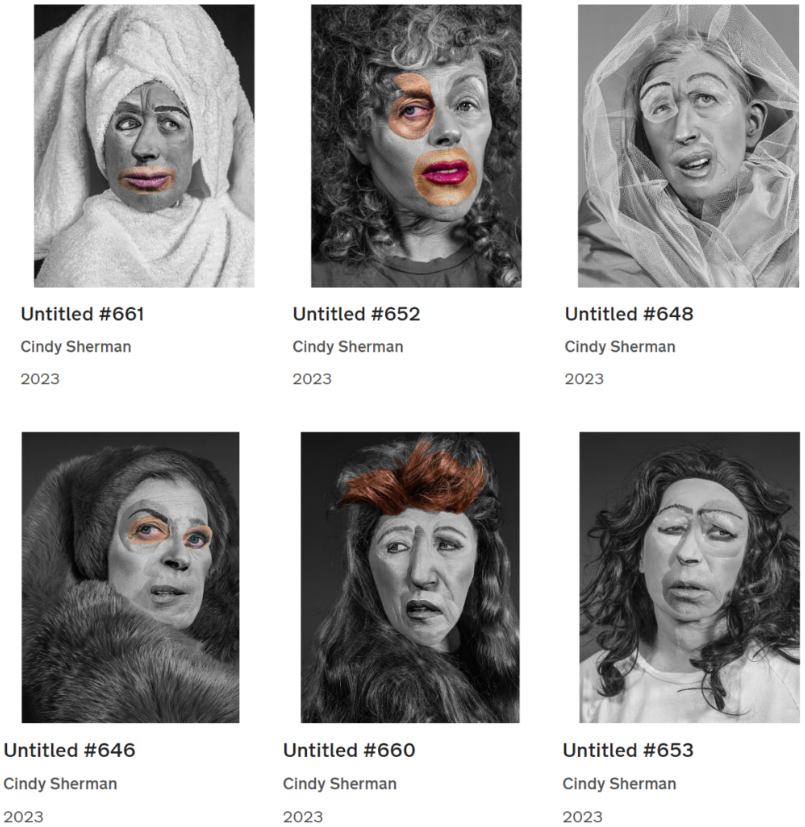Femininity:
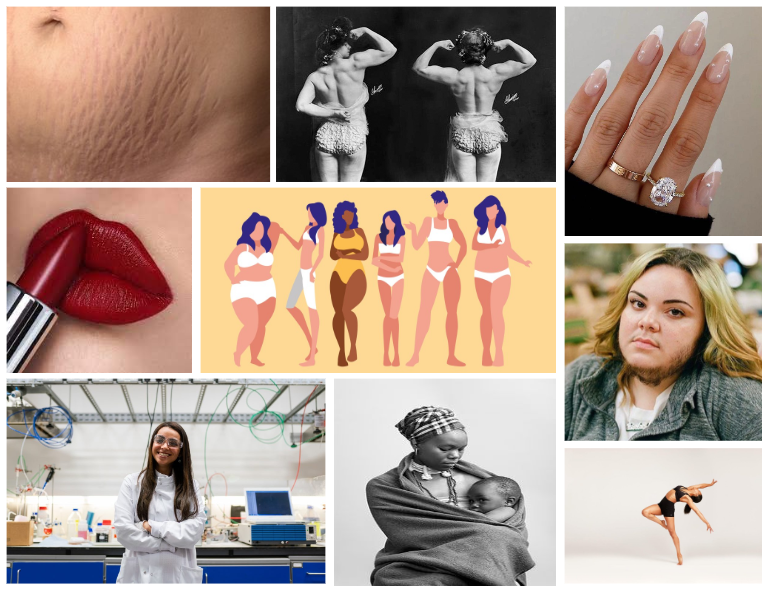
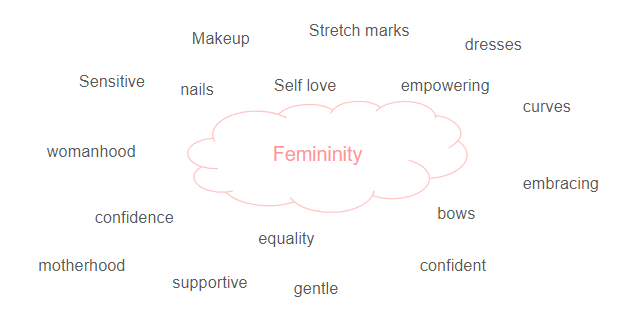
Masculinity:

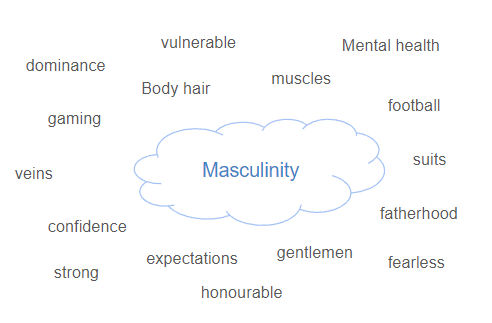
Femininity:


Masculinity:


Femininity is described as: qualities or attributes regarded as characteristic of women or girls. Traits traditionally cited as feminine include gracefulness, gentleness, empathy, humility and sensitivity, though traits associated with femininity vary across societies and individuals, and are influenced by a variety of social and cultural factors.

Masculinity is described as: a set of attributes, behaviours, and roles associated with men and boys. Masculinity is constructed and defined socially, historically and politically, rather than being biologically driven. The understanding of masculinity varies across time and socio-cultural contexts, and within groups and networks; and men also ‘perform’ their masculinity differently and inconsistently.

Gender identity is a person’s innate sense of their gender. It is a person’s sense of being a woman, a man, both, neither, or anywhere along the gender spectrum. A person’s gender identity may be the same as or different from their birth-assigned sex.
Cultural identities are the distinct identities of people or groups in culture or subcultural categories and social groups. Categories that make up cultural identities include sexuality, gender, religion, ethnicity, social class, or geographical region.
Social identity refers to the ways that people’s self-concepts are based on their membership in social groups. Examples include sports teams, religions, nationalities, occupations, sexual orientation, ethnic groups, and gender.
Geographical identity is an individual or group’s sense of attachment to the country, region, city, or village in which they live.
Political identity is a form of social identity marking membership of certain groups that share a common struggle for a certain form of power. This can include identification with a political party, but also positions on specific political issues, nationalism, inter-ethnic relations or more abstract ideological themes.
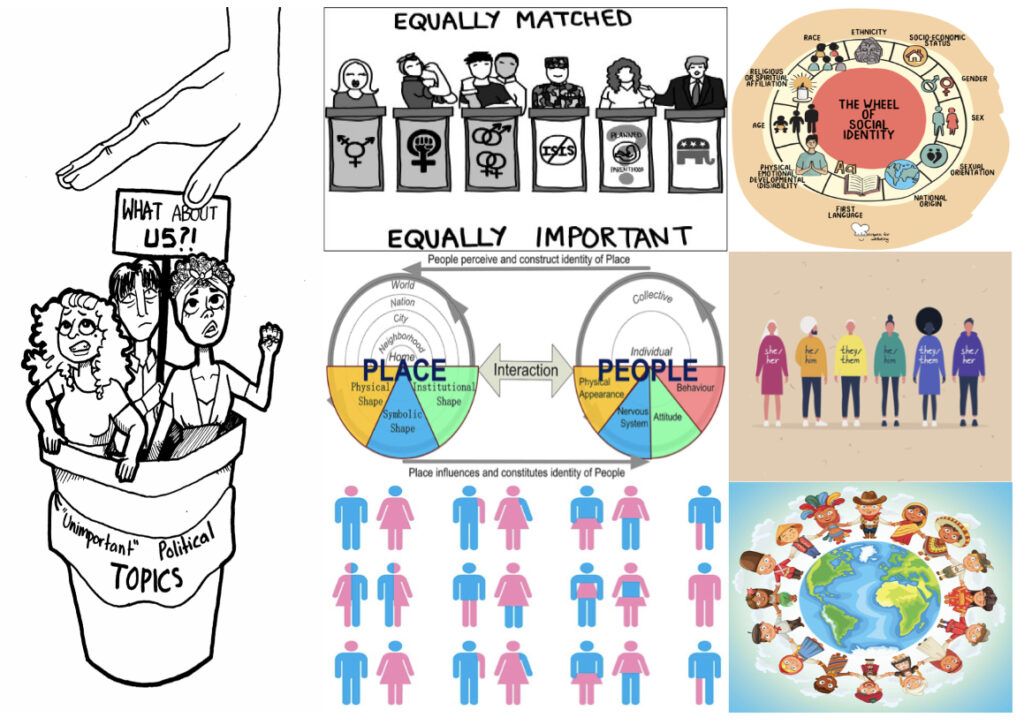
Identity can be influenced by many things such as: place, environment and upbringing.
Firstly, a person’s upbringing can influence their identity and how they view it as a whole for the better or the worse. For example, those who are bought up in a homophobic household or transphobic household may struggle with gender identity and consequently find it hard to express themselves later on in life as they have been surrounded by people who deem same sex relationships and trans people as ‘wrong’. This may lead to a person going through an internal battle in their head and trying to hide who they really are to the world in fear of being hated or judged. People may feel like they have to cover up who they really are in order to be accepted by society and therefore lose their sense of identity. Additionally, having a negative upbringing may also cause a person to act like those people and consequently be homophobic/ transphobic to other people as that is what they know as ‘right’. On the other hand, those who are bought up by parents who support lgbtq+ and trans people or are even same sex parents, their children are likely to be more acceptive of who they are and less likely to hide themselves from the world as they have been bought up in a setting in which they are encouraged to support and love everyone around them no matter what differences they may have. This can lead to an increased sense of identity. Lastly, upbringing can influence identity as those who are bought up with parents who have stereotypical ideas about the world eg same sex marriage is wrong, will then push those ideas onto their children causing them to believe this its wrong too. This may cause an internal war in the child’s head if they discover themselves to be attracted to the opposite sex etc as they would have been told their whole life how ‘bad’ it is and then feel ashamed to express how they feel to their family, resulting in them losing their sense of identity in order to fit in.

Furthermore, environment can also influence a person’s identity and ability to express themself. For example, those who are in an environment which consists of predominantly white supremacist groups may believe that they are not worthy of having their own identity and that they should conform to the opinion of those around them as that is what is considered the norm. These opinions form a divide between the different races and could cause those who live in those areas who are a different race to feel unworthy and unable to express themselves as they will be rejected and outcast from society. Whereas those who live in a supportive, multi race society are more likely to appreciate all races and will feel more comfortable in themselves to be able to express themselves however they want as they know they won’t be judged.
The ideas for my photoshoot are to create three different photoshoots and one of them will be using the same model the second one will be using different lighting techniques or different locations and the third will be using different colours on the photos.
The first photoshoot
The first photoshoot I’m going to do is different outfits but using the same model for all of my photos in Shoot 1 but changing up the pose for the different photos.
The second photoshoot
The second photoshoot I will do is using different lighting techniques on the face of the model and make the images into black and white so that the lighting technique stands out more and is more visible.


The third photoshoot
The third photoshoot I’m going to take will have different colours in them and I will have a coloured light behind the model so that it creates the coloured silhouette of the model and frames them in the photo.
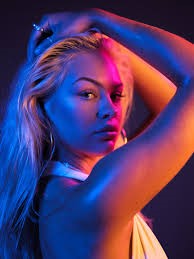


I also could get two coloured lights and put them on either side of where the model is standing so that there is a different colour on each side of the models face to get that multi coloured light effect on their face. The models face will be angled to different sides so that the models face will be framed at different points on their face by the different coloured lights.
What
A photoshoot inspired by Cindy Sherman’s photography but I’m going to do three separate Photoshoots on her style of photography.
Why
Because Cindy Sherman’s photography explores Femininity better than any of the other artist references and looks at all the stereotypes of women and what people thought of them.
How
I’m going to do the Photoshoot either at my house or in the studio to get the best lighting techniques. My other idea was to do the photoshoot at a friends house to get a different location for some of my photos.
Who
My photos will be of friends and some of my photos I will use myself as the model to get images that look more similar to Cindy Sherman’s as she used herself for her photos.
When
I’m going to do these three photoshoots this week and over the weekend and over the first few days of next week.
Where
I’m going to take these photos either at my house or at a friends house. Another possibility would be to go to locations that Cindy Sherman went to, to try and recreate some of her photos.
For my first photoshoot for the theme Femininity vs Masculinity, my aim is to take photographs of females and males, capturing the fine details of them. I will use different angles and have the main focus being close-up images.
My goal of the photographs is to be able to capture femininity and masculinity in a way that feels personal, hence the close up shots. I am also going to take photographs of objects that I feel could also represent femininity and masculinity alongside the portraits. When the photographs are all taken, I am going to experiment and see how much I like the object photographs and if I find they do fit in next to the close-ups as I imagine they would.
For this idea, I was slightly inspired by Nikita Pirogov’s work. Her work is based on comparing portraits with photographs of different scenery so to have an idea that links with my theme of masculinity and femininity, I am taking photos slightly different to what she has done but using the same sort of concept.
Who is Claude Cahun?
(Claude Cahun photographed her conceptions of what Masculinity and Femininity looked like).

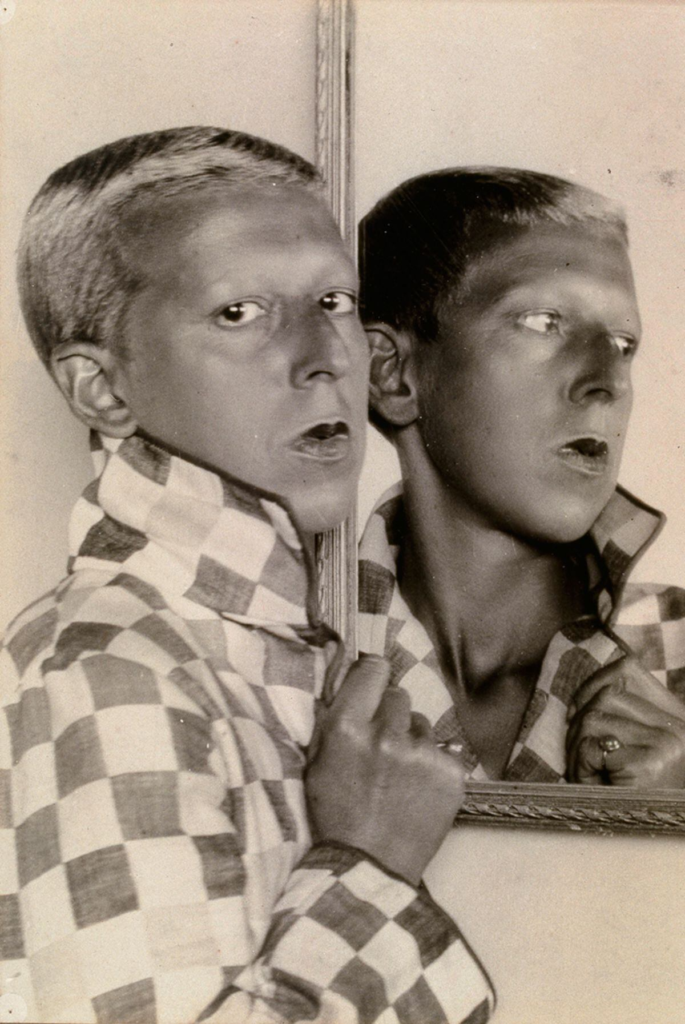
Born as Lucy Schwob, Claude Cahun was a French photographer, writer and sculptor. Known for her exploration into questioning her Identity, she holds a strong title in being one of the early explorers of Gender Fluidity, decades before its modern prominence today. Changing her name to become more androgynous, she wanted to explore her identity of being non-gender specific.
Born on October 25th 1894 in Nantes France, she would later evacuate to Jersey in 1937, when the looming threat of Nazi Germany would soon erupt 2 years later in 1939 when they began their invasion European nations. When the war eventually met Jersey with the occupation of the channel Islands, Claude Cahun and many others had to endure hardship and struggle due to their heritage. Coming from Jewish decent, she was forced to hide her religion with her ability to speak German.
(German soldier overlooking Corbiere’s lighthouse).

Her creative choice with surrealism is also highly prominent to people as due to the suppression of abstract art under the Nazis, her photographs exploring gender and identity can be seen as a rare act of creative resistance to the Nazis ideology of a conformed race where everyone looks the same.

Cahun photographed herself in self portraits in numerous outfits to explore her variety of Identities. This was because she enjoyed capturing the surrealist nature of how Femininity, Masculinity and identity can be explored, altered and challenged. This can be seen with the example image below where Cahun, for a first time viewer is hard to distinguish from male to female.
“Under this mask, another mask; I will never finish removing all these faces.”
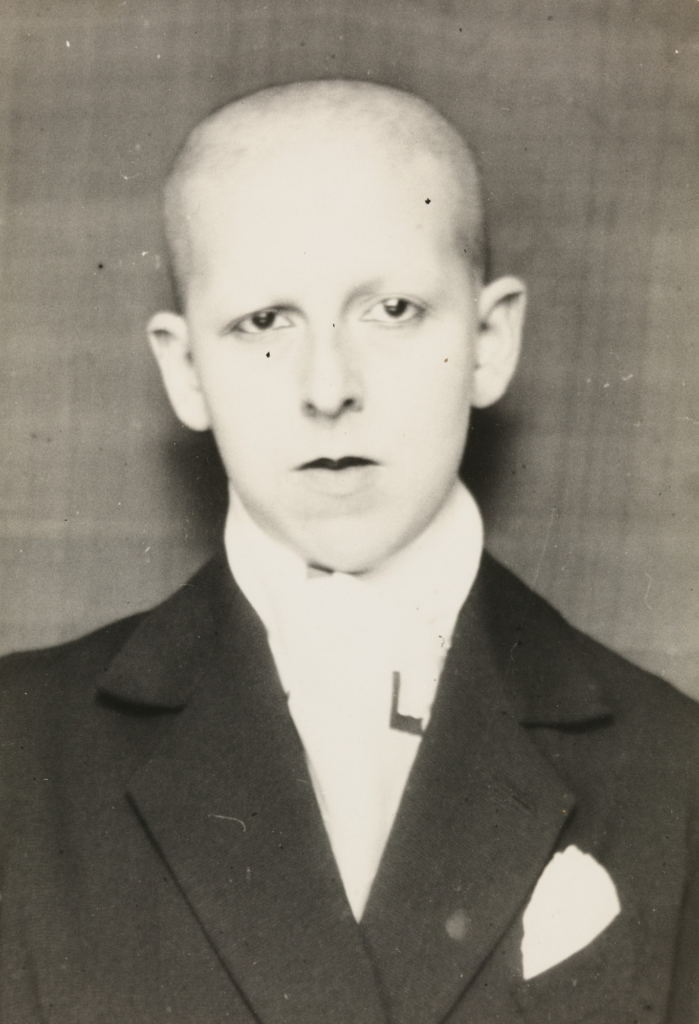
Who Is Cindy Sherman?
(Cindy Sherman photographed her ideas on female stereotypes , through a variety of characters similar to Cahun).
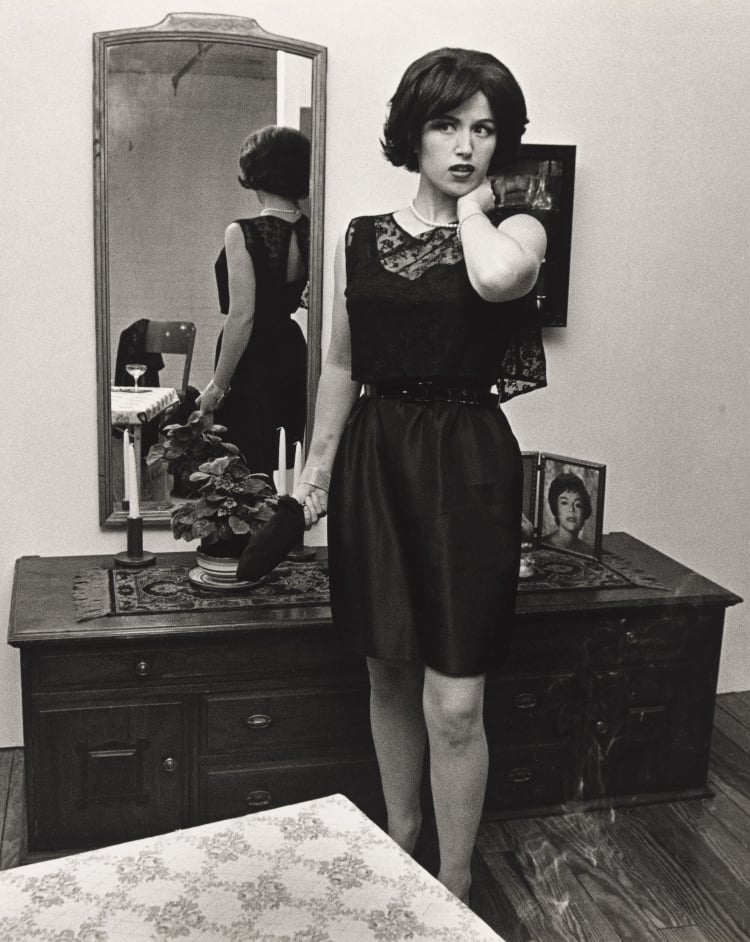
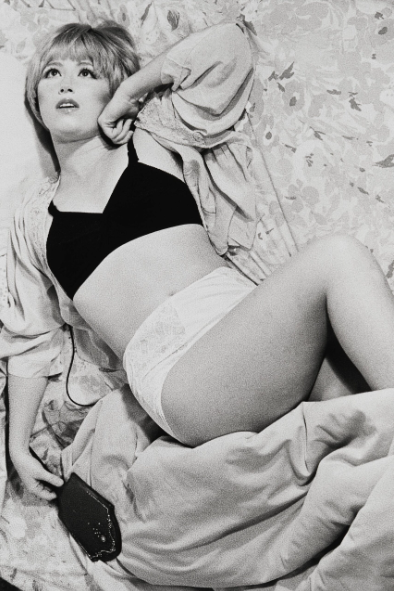
Born in 1954, in the United States, Cindy Sherman is a Photographer known for her feminine characters and their identities she created to examine the how identity is constructed. Playing every role in the photoshoot – photographer, model, make-up artist, hairdresser and stylist.
Spanning over 4 decades, she took multiple photoshoots of her exploration into how the feminine identity is represented. Her most famous one was her untitled film stills, taken in 1977-80 she created photographs of her exploring herself in various settings resembling that of mid 20th Century B movies. Some of these include the jaded seductress, the unhappy housewife, the jilted lover and others.
“I wish I could treat every day as Halloween, and get dressed up and go out into the world as some eccentric character”.
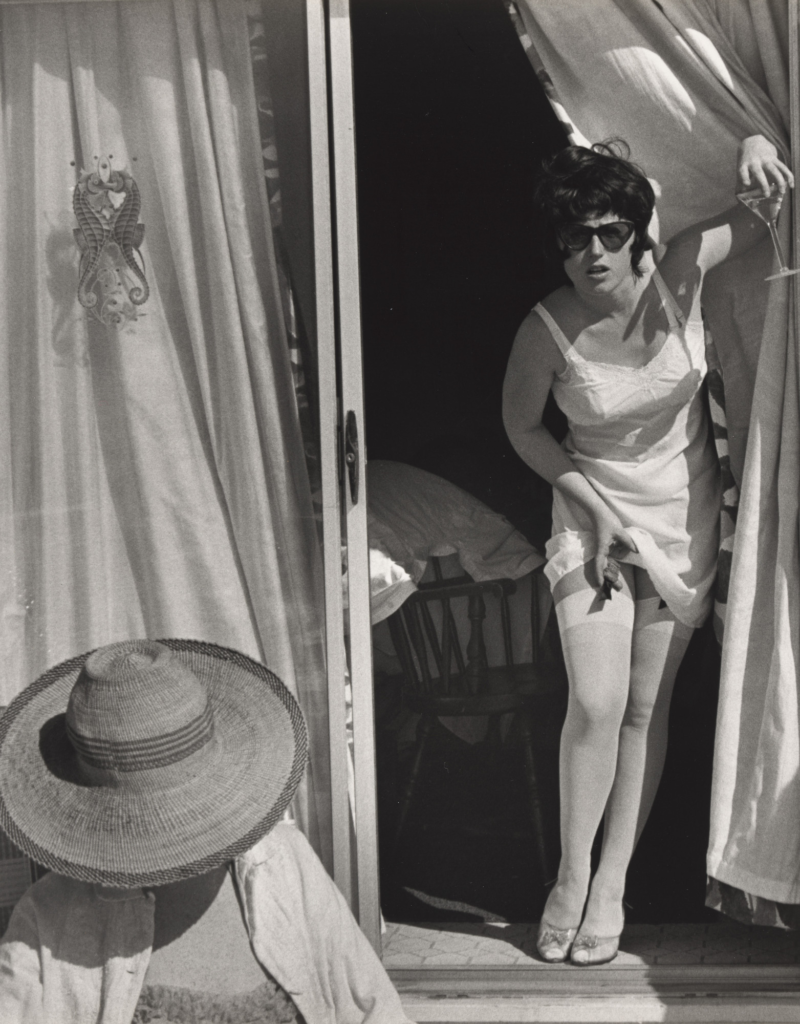

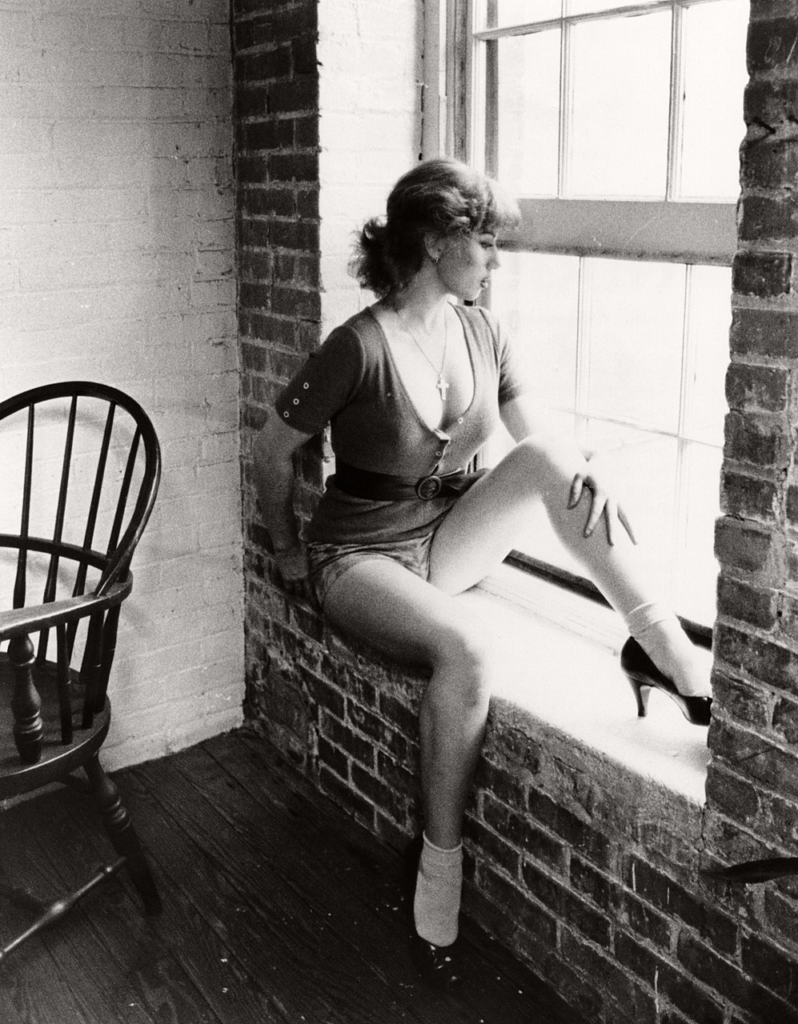
Claude Cahun was a French surrealist photographer, sculptor, and writer who inspired Cindy ShermanThough she made sculpture, embedded herself within activism and wrote extensively, Cahun is mostly synonymous for her contributions to surrealist photography, particularly her striking self-portraits, in which she questioned societal expectations of gender years ahead of her time and inspired the likes of Cindy Sherman, Gillian Wearing and Nan Goldin.Though she made sculpture, embedded herself within activism and wrote extensively, Cahun is mostly synonymous for her contributions to surrealist photography, particularly her striking self-portraits, in which she questioned societal expectations of gender years ahead of her time and inspired the likes of Cindy Sherman, Gillian Wearing and Nan Goldin.. Schwob adopted the pseudonym Claude Cahun in 1914. Cahun is best known as a writer and self-portraitist, who assumed a variety of performative personae.
Cahun used the pronouns both she/her/hers and they/them/theirs; she/her/hers because that is what was used for Cahun when they were alive and used themself; they/them/theirs because of their oft-discussed detachment from being a woman or a man.
Claude Cahun is a perfect example of someone who wanted to push the boundaries of gender roles in a stereotypical society.
Claude Cahun, born Lucy Schwob was a French photographer, sculptor and writer. Her most well known work is her surrealist self-portraits in which she represented a multitude of different personas. Moving to Jersey in 1937 with her stepsister and lover, Marcel Moore, she resisted the occupation taking place on our island. During their lives together in Jersey, the women decided to mount an underground resistance campaign following the Nazi’s occupation of the Island in June 1940. The two campaigned against them, provoking them in a risky manner for four years until 1944 when the Gestapo investigated them. Narrowly avoiding a death sentence, the two were freed from prison on the 9th of May 1945 following Jersey’s Liberation. Remaining on the island until 1953, Cahun suffered from ill health which unfortunately resulted her passing in hospital on the 8th of December. After this, Moore continued to live on in Jersey for many more years until sadly ending her own life.
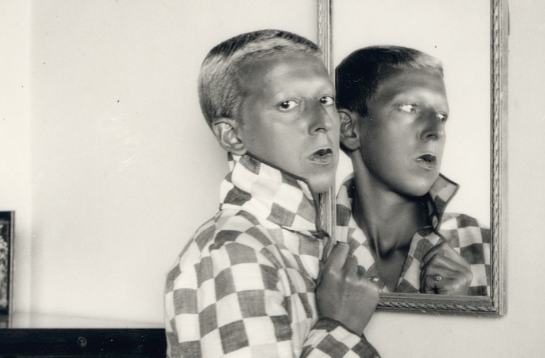
Her life was a representation of resistance, defying the conventional ideas of beauty and femininity with her shaved head and male attire, challenging them. This was almost revolutionary in the 1930’s, being in a same-sex relationship and exploring her identity in a difficult time period of traditional values. Whilst Claude Cahun was alive, she produced many pieces of work which The Jersey Heritage Trust collection represents. Her work challenged the politics of gender and identity, alongside the work of many male Surrealists who depicted women as objects of male desire. She used domestic settings such as a cupboard at home and introduced something interesting and new to this environment, exploring gender fluidity.
Though she made sculpture, embedded herself within activism and wrote extensively, Cahun is mostly synonymous for her contributions to surrealist photography, particularly her striking self-portraits, in which she questioned societal expectations of gender years ahead of her time and inspired the likes of Cindy Sherman, Gillian Wearing and Nan Goldin.
PHOTO ANAYLSIS
With her signature androgynous look and surrealist-inspired use of reflection, this iconic self-portrait exhibits everything that made Cahun such an important artist. Whereas mirrors would traditionally be used in classical portraiture to emphasise feminine beauty or narcissism, here Cahun subverts the symbolism to reject such reductive depictions of gender.
Deliberately turned away from her own reflection to face the viewer with an air of self-assurance, the image presents femininity as conflicting and contradictory, a nuanced combination of reality and artifice. Facing the camera, Cahun has her collar turned up to protect her neck from view, yet in her reflection the artist’s neck is revealed in a deliberate show of eroticism.
MOOD BOARD
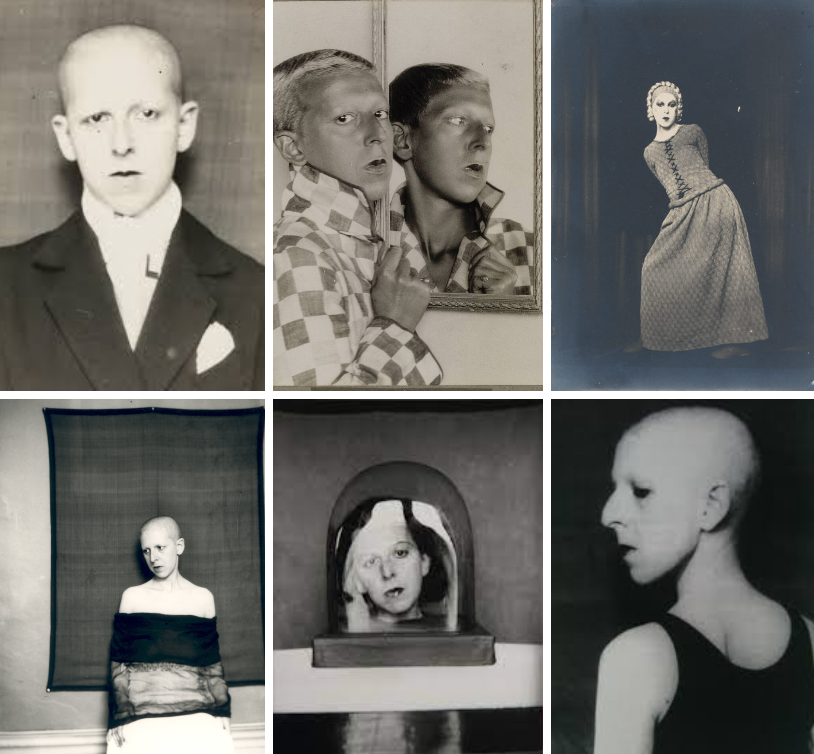
“one of the most curious spirits of our time.”
Cindy Sherman
Sherman’s photography is a depiction of the different ways culture defines “woman.” Her art plays on the feminist idea that gender arises exclusively within culture and deconstructs dominant gender ideologies, representing the underside of popular culture’s definition of “woman.” Cindy Sherman is a female photographer who portrays female stereotypes of the 1950’s and 1960’s. When creating her images, she is not only the photographer but the subject as well. Sherman examines and distorts femininity as a social construct. “I like making images that from a distance seem kind of seductive, colourful, luscious and engaging, and then you realize what you’re looking at is something totally opposite,” she reflected.
For four decades, Cindy Sherman has probed the construction of identity, playing with the visual and cultural codes of art, celebrity, gender, and photography. Sherman was always interested in experimenting with different identities. As she has explained, “I wish I could treat every day as Halloween, and get dressed up and go out into the world as some eccentric character.”
Sherman has continued to transform herself, displaying the diversity of human types and stereotypes in her images.
From her history portraits (1981), exemplifies her use of theatrical effects to embody different roles and her lack of attempt to hide her efforts: often her wigs are slipping off, her prosthetics are peeling away, and her makeup is poorly blended. She highlights the artificiality of these fabrications, a metaphor for the artificiality of all identity construction. “I’m disgusted with how people get themselves to look beautiful; I’m much more fascinated with the other side,” she said in 1986.

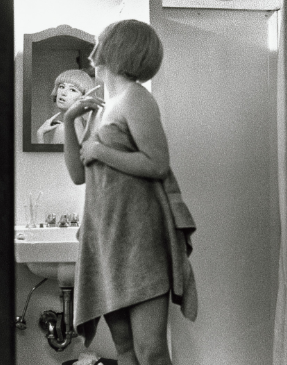
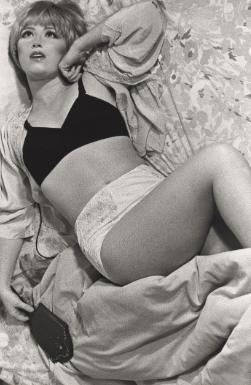
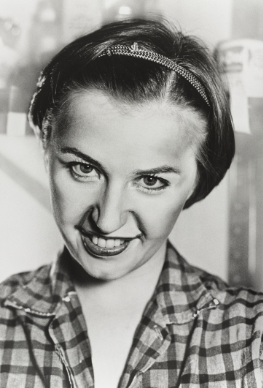

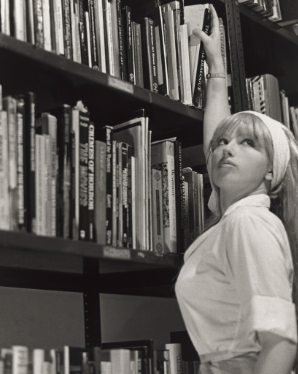
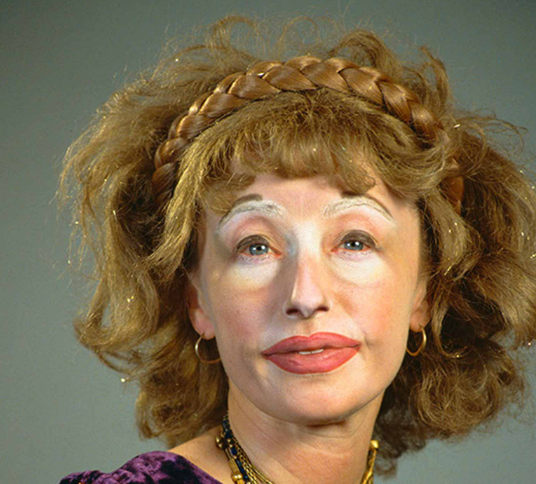
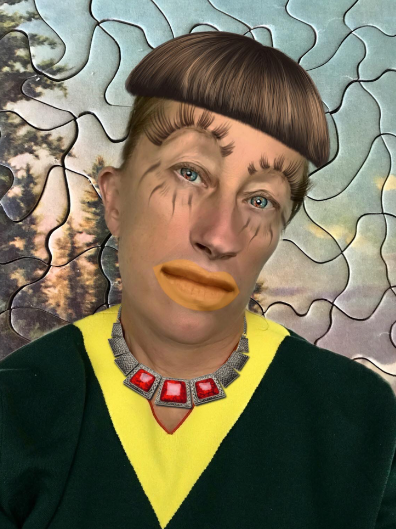
PHOTO ANAYLYSIS
Within this image, Sherman has exaggerated features like her lips, eyelashes and hair to emphasize that femininity does not have to only fit the stereotype of beauty. Sherman stated “I’m disgusted with how people get themselves to look beautiful; I’m much more fascinated with the other side,” she said in 1986. Her poorly blended makeup is to deconstruct the femininity stereotype. Sherman also exaggerates the nose significantly which gives off the same effect. The background looks like a puzzle and this could signify the difficulty in trying to fit the beauty standards for a women.
Personally, I really like Cindy Sherman’s work as it decreases the pressure on women to be perfect and deconstructs the stereotype of beauty to be feminine. Sherman believes beauty comes from the inside and her images are a lovely and successful way to prove society that.
